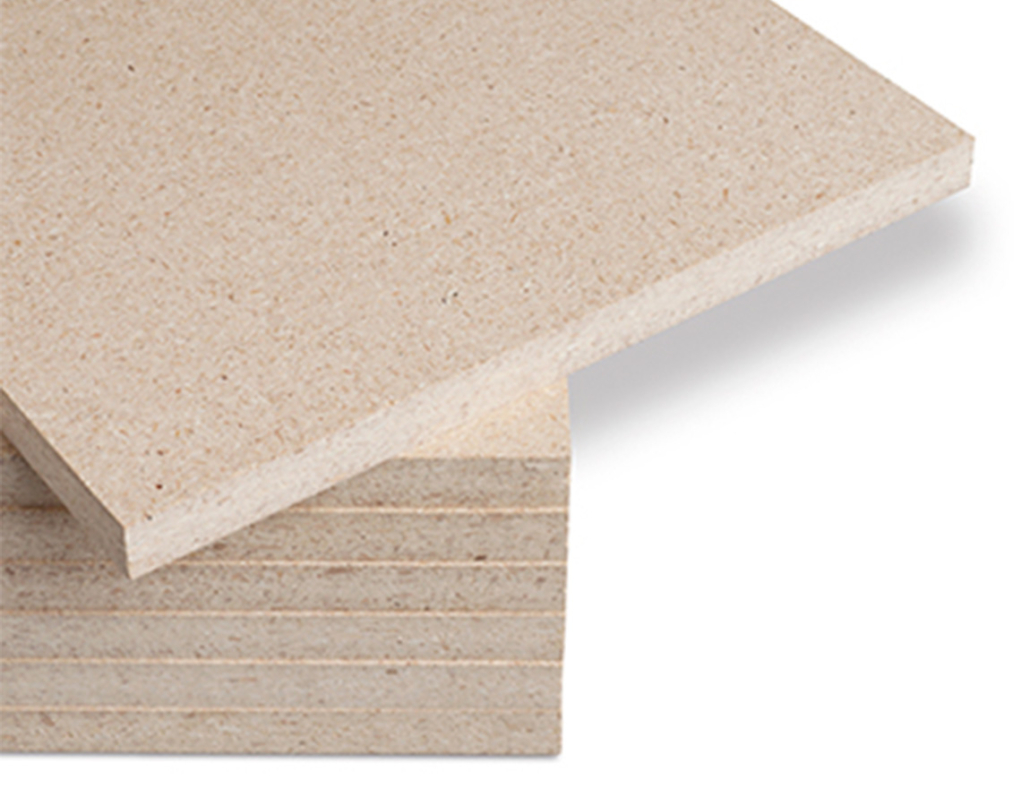Our Products
Filters

Lumber
Natural & Rustic Hardwood Species

Plywood
Columbia Forest Products Plywood

Lumber
Domestic Hardwood Species

Lumber
Pre-surfaced Lumber Inventory

TFL Melamine
Arauco Prism® TFL

Lumber
Imported Hardwood Species

Particleboard
Collins Pine Particleboard

HP Laminate
Egger Wood Products

MDF
Arauco Trupan MDF

Particleboard
Arauco Particleboard
No products found.
There are no results with this criteria. Try changing your search.
